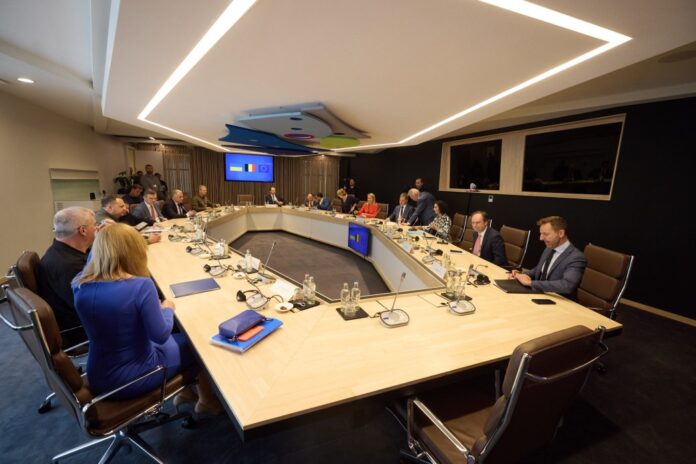The European Union is making efforts to advance discussions on using Russian assets for the benefit of Ukraine.
At the October 26-27 meeting, the EU leaders will demand “decisive progress” on using frozen Russian assets to aid Ukraine. This matter has been stuck for months. However, the United States and Britain recently supported an EU proposal to tax windfall profits generated by these assets to finance Ukraine. The finance ministers of the Group of Seven (G7) industrialised countries met in Morocco on Thursday and estimated the frozen Russian sovereign assets of 266 billion euros. The ministers expect more work to be done in the coming months to find legally sound ways of using these assets. Germany, France, and the European Commission are part of the G7.
This plan has been delayed multiple times due to legal concerns, particularly after the courts challenged the EU’s sanctions on private Russian wealth. During the Summit in Brussels, the national leaders of the 27 EU member states are expected to call for substantial progress.
During his visit to Brussels this week, Volodymyr Zelenskyy, the President of Ukraine, met with Alexander De Croo, the Prime Minister of Belgium. The two leaders discussed various issues, including freezing Russian assets to compensate Ukraine for the damage caused by Russian aggression. Belgium has pledged to support Ukraine by providing military assistance, imposing effective economic sanctions, and establishing a €1.7 billion Ukrainian fund. The fund will rely on Russian assets frozen in Belgium and use the income tax revenues generated from these assets to aid Ukraine and its citizens. Notably, Euroclear, a Belgian clearing house, manages around 125 billion euros of frozen Russian central bank assets and has not commented on the matter.

